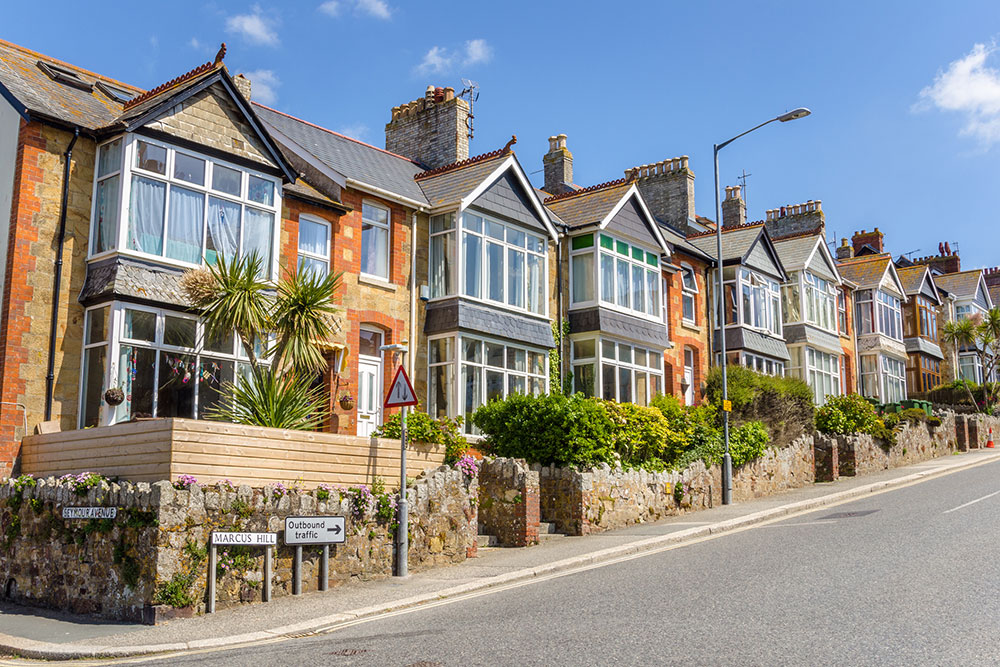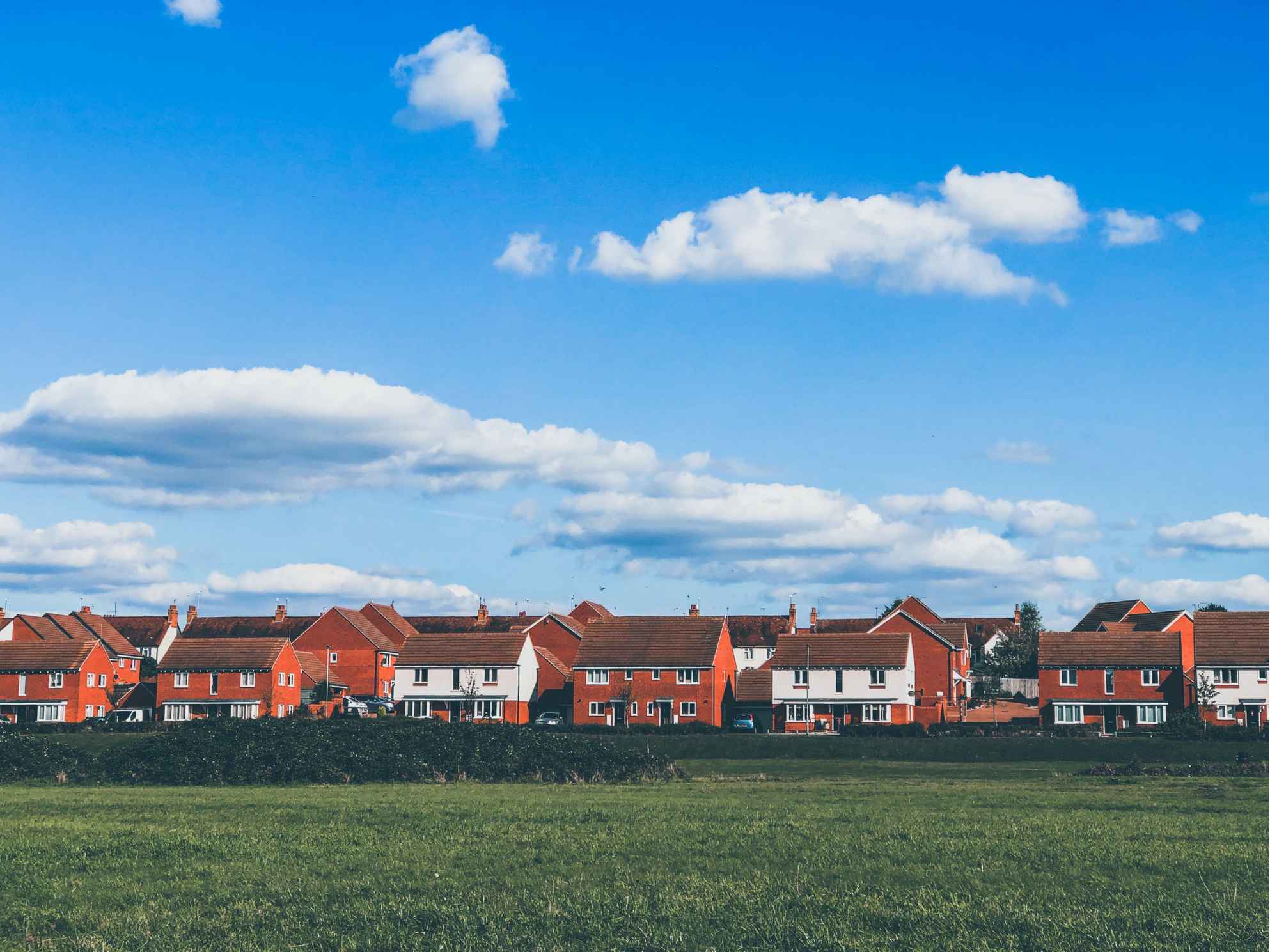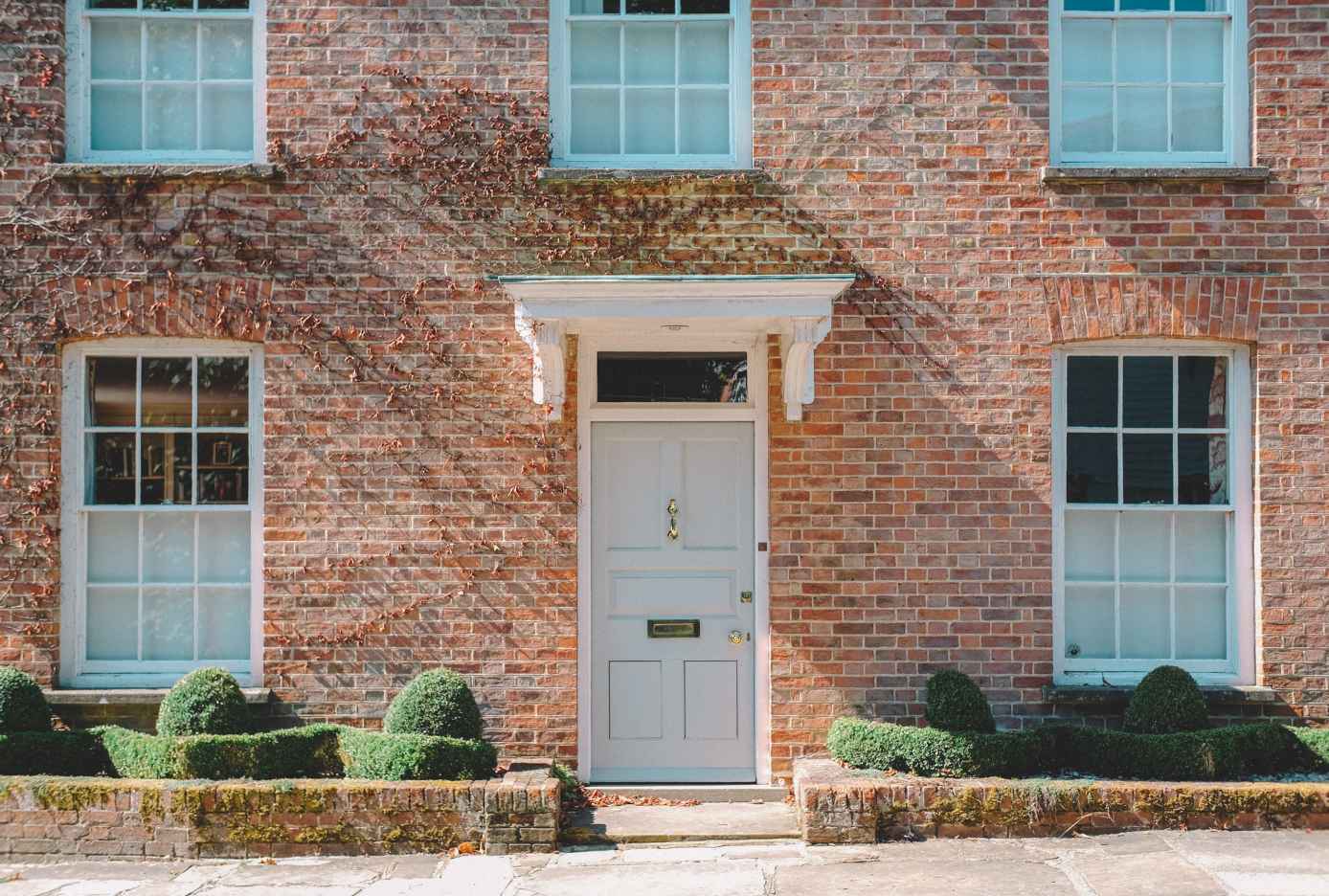Thank you again for your very thorough and helpful report. it will become the backbone of our efforts to maintain the house in the coming months and years, hopefully, if all goes well.
The average house price in our area of south-east England is now in excess of £430,000. In fact, The Times reports that there are at least 500,000 UK properties worth over £1million.
Home buyers are always likely to have their budgets stretched when they move, and surveys can seem like an unwelcome extra cost. A homebuyers survey, specifically a RICS Home Survey Level 2 Report, is a sensible choice which avoids the expense of a full Building Survey, but still offers plenty of information about your prospective property purchase.



